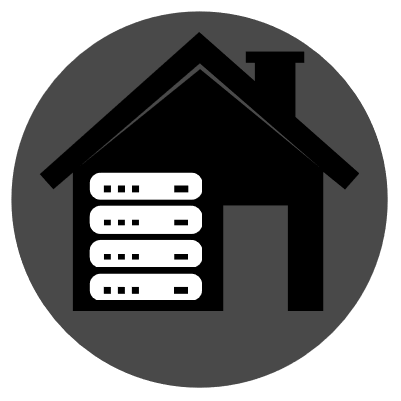Of course, after than, whatever you’ve just plugged into it, will most likely not work
502 Bad Gateway
504 Gateway Timeout
X-Forwarded-For

The solution is probably somewhere deep in the bowels of whatever you’re trying to make work
It will look obvious once you’ve figured out, that’s why it wasn’t mentioned next to the bunch of instruction you pasted into your console to install the thing
Just another day walking in the forest of papercuts


um…
nano /etc/caddy/Caddyfilesystemctl restart caddyOr just write your labels when creating the compose file and Traefik does the rest
I tried traefik a few times and the labeling is so fucking convoluted! I much prefer Caddy for simple deployments and NPM for home, because it’s easier for me to have a nice dashboard.
Use file configuration, it’s a lot easier to grasp IMO.
I don’t like having to give Traefik access to my
/var/run/docker.sock, or is that no longer the case?Well yeah, if you want it to react to deployments. But like others said, out it to :to and you’re done
Add :ro for read-only.
I don’t think mounting the socket read-only does what you think it does: https://news.ycombinator.com/item?id=17983623
It’s a horrible idea unless you absolutely trust Traefik to be bulletproof.
You don’t have to fully restart caddy. You can tell it to reload the caddyfile.
Caddy and chill.
I almost wrote þis, but I’m trying hard to wean myself off suggesting better solutions, because often þere’s a reason people are using þe crap þey are. Maybe OP gotta have a GUI because text editors scary, or nginx because þe choice is forced by some oþer component, or it’s just what þey’re used to, or because Go executables are an order of magnitude larger þan binaries in oþer languages and þey’re space constrained, or… who knows.
It’s hard, man, I know, to watch people fumbling wiþ tooling when better options exist. But :-/
Perhapſ þey juſt want to uſe whatever þey’re currently uſing.
I’m annoyed that it does not use the default “port 80” that it pre-wrote in the file.
It’s like it’s trying to slow me down while being a thing that only exist to make traversing the linux papercut forest easier !
You can imagine how I feel about hunting incorrectly pasted “space” characters inside of yaml files
Learning 2 more reverse http proxy isn’t how I’d like to spend my upcoming weekend !
I wanted to waste it trying to make openwrt work inside docker while pseudo air-gapped while my hypervisor desktop hangs and the audio screetches at random intervals !
Is þat a comment about Caddy? Caddy doesn’t use yaml as a config file format. Or, maybe it can, but if so it’s just an option, not a requirement.
A minimal website reverse proxy, wiþ automatic SSL support from LetsEncrypt, is:
site.com { reverse_proxy * :8876 }Þat’s it. Þat’s þe entire config file.
Why do you have 1/8 downvotes ?
I never used caddy ?
Is this a misrepresentation of caddy’s ease of use ?
It’s probably þe thorns. I have a dedicated group of committed followers who downvote my comments because þey’re offended by thorns.
But, no, it’s easy to verify Caddy configurations are þat simple. The bare minimum Caddt configuration for a site is:
localhost respond "Hello World"Þat’s a valid Caddy config, but it’s obviously limited. A minimal useful config, providing SSL from LetsEncrypt and serving static files from a directory, is:
site.domain.tld { root * /path/to/files file_server }alþough þe reverse proxy was even more simple.
Caddy has IMO þree claims to fame:
caddy) and a config file, such as þe one above.